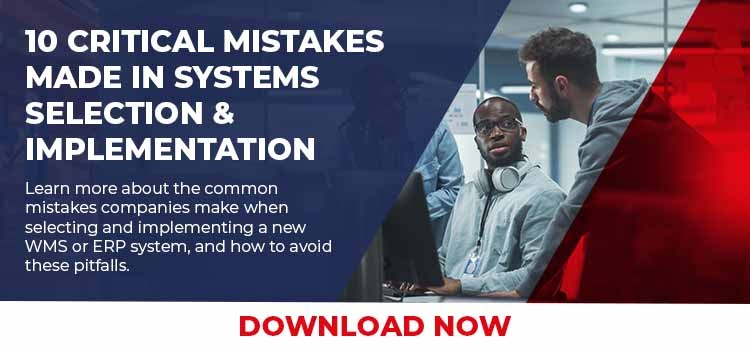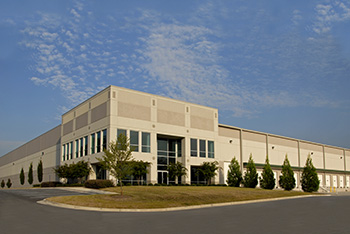When a large information systems or technology project is proposed, we always get two immediate questions from management:
- How much will it cost?
- How do we get a return on the investment (ROI)?
Both are critical questions requiring serious study and consideration before proceeding with committing to these projects. The magnitude of the investment, project management required and elapsed time to implement should be detailed.
It is our experience from being involved in hundreds of omnichannel projects that more than 50% of the projects cannot be cost justified based solely on head count reduction. After detailed studies on the ROI, companies often still proceed based on their needs for scalability; sunsetting of prior IT systems; establish platform for growth and future system functionality; integrated information across all departments in the business, etc.
We are not saying to just do the project because other companies are. A thorough ROI study will help your management understand the current versus new annual costs; the total cost of ownership; the process of implementation; and what organizational changes you will encounter. These ROI considerations can be applied to any information system (OMS, WMS, E-commerce) and technology project.
All project stakeholders should be involved in the ROI study and be committed to its benefits and savings. The CFO or other executive should head it up. It is not solely an IT responsibility.
At a high-level view, ROI is calculated by dividing the total gain (net savings) over a time horizon by the total investment. As you will see in this article, there are many details that go into itemizing the tangible savings, the intangible benefits, and the investment. ROI involves a payback period - where the cumulative savings over time equals the total investment.
Identifying project costs
In this portion of the study, identify the hardware and related costs such as replacement or additional servers – or hosting services; desktop equipment; handhelds or other wireless equipment for barcoding, shipping and manifesting, etc. All related software licenses from the software provider and any 3rd party software they use; training, support and annual maintenance contracts; and professional services. By far the largest category of expense is professional services for consulting and programming for implementation, conversion, configuration set-up, integrations, etc.
Tangible savings
These are the actual savings that can be expected from completing the project – hard savings that can be identified when independently audited after the implementation is achieved. Current business operational costs should be contrasted with new business costs using the new system. How do these costs in each major area or department change? A simple illustration of one area, IT department cost changes, is shown below.
|
Internal IT Department Costs |
|||
| Current System Costs | New System Costs | Annual Savings (+/-) | |
|
Server hardware |
|||
|
Server software |
|||
|
IT skills not on staff |
|||
|
Replace user workstations |
|||
|
Training costs |
|||
|
Annual vendor support |
|||
Here are some general examples where hard savings might be quantified:
- What are the actual headcount (labor) savings that will result once the system is installed?
- How will the cost of operations decrease?
- How will inventory accuracy improve?
- Will the system result in improved inventory turnover?
- How will errors be reduced and what are the savings from this?
- How will capacity be increased?
- Will there be greater throughput in terms of orders shipped per hour?
- Is there a one-time cash flow improvement?
Intangibles easier to identify
Intangibles are the many benefits that can be expected from system implementation, but you can’t quantify dollar savings accurately. Most ROI studies have a long list of intangibles. Just because you can’t put a dollar savings on the benefit doesn’t mean they don’t have value to the business. Examples include ease of use for users; improved customer service; improved marketing analysis; improved integrations or interfaces with other systems, etc.
Can you get benefits another way?
Through your ROI study, you may find problems and solutions that can be solved in a number of ways without the desired new application. Management will want to make a decision about pursuing these projects in advance of the new system to gain benefit versus including them in the new system implementation.
When will savings materialize?
Build an objective audit of the project costs, savings and intangibles into the project plan. Secondly, recognize that after a lengthy implementation like an ERP for instance, it often takes six months or longer for the organization to fully absorb, utilize the system and reach productivity, which will lengthen the payback period.
Performing an ROI study takes time and effort. Its value is giving management a clear vision of what the tangible savings, intangibles, investment and organizational benefits will be, and whether the cost can justified.




SHARE